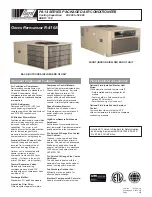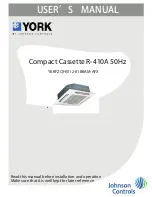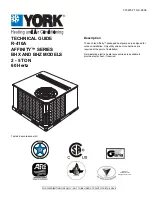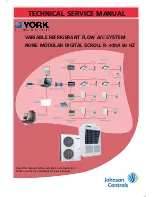
3
Delivery
All devices are carefully packed
before shipping. Please check the
device immediately after delivery.
Make a note of any damage or
missing parts on the delivery note
and inform the forwarding agent
and your contractual partner. No
warranty can be assumed for later
complaints.
Erecting the device
■
Make sure that all air intake
and air outlet openings are
free; observe the minimum
clearances (Fig. 2).
■
Erect the device on a solid,
even foundation (Fig. 3).
■
Make sure that people and
sensitive objects such as plants
are not directly affected by the
emerging air.
■
Connect the device to a
properly installed plug socket
(230V/50Hz) (Fig. 5).
■
Insert the batteries into the
remote control. To do so,
push up the cover on the back
side of the remote control
and insert the batteries while
observing the proper polarity.
Observe the marking inside
the compartment (Fig. 6).
■
Check whether the plug of the
condensate drain spout has
been provided and whether
it has been properly inserted.
There is otherwise a danger of
water emerging.
Exhaust air conduction
During the operation of the air
conditioner, the device creates
humid exhaust air that must be
conducted outside of the room
so that the cooling effect can be
maintained.
Observe the following notices:
■
Plug the air outlet hose in-
cluded in delivery onto the air
outlet on the rear panel of the
device.
■
Lock both catches on the air
outlet into both openings of
the air outlet hose.
■
Keep the air outlet hose as
short as possible (max. length
1400 mm).
■
Always lay the air outlet
hose with a constant upward
incline from the device to the
wall/window. Make sure it has
a wide curve radius (Fig. 7).
■
The air outlet hose may not be
extended.
■
Pivot-hung windows
·
Connect the air outlet hose to
Connect
Connect
the window jet and the de-
vice.
· Open the window and lay the
fl at nozzle between the win
dow trim and the window
frame
(Fig. 8).
■
Double-wing window
Lay the fl at nozzle between
the wings, close the window
as far as possible, and secure
the wings with a holding strap
(Fig. 9).
■
Wall bushing
In case of permanent instal-
lation (s. p. 9, Fig. 19), the
exhaust air from the device is
conducted outside the room
through the wall bushing (Fig.
10).
Device Structure
Fig. 8
Hanging
the window jet
into a pivot-hung
window
Fig. 9
Secure the double-wing
window using a holding strap.
Fig. 10
Permanent installation
with a wall bushing (accessory,
not included in supply schedule)
Fig. 3
Vertical erection on
solid, even foundation
Fig. 4
Five-minute “wait“
Fig. 5
230 V / 50 Hz
Fig. 6
Remote control
66
Abb. 7
Attach the air outlet
77
hose with a constant upward
incline






























